Of all the citrus fruits, lemons are one of the most common kitchen staples. After all, nearly everything is a bit better with a squeeze of lemon (or lime!) juice on it. We use the zest (the yellow part of the peel) as a flavoring agent in baking and cooking. We also use the juice to add a little zing to countless dishes and the occasional dessert. There is one part of the lemon, however, that we all typically just throw away without thinking much of it: The seeds. As it turns out, you can quite easily grow your own lemon tree from the seeds inside. This is how.
Why you shouldn’t throw away lemon seeds
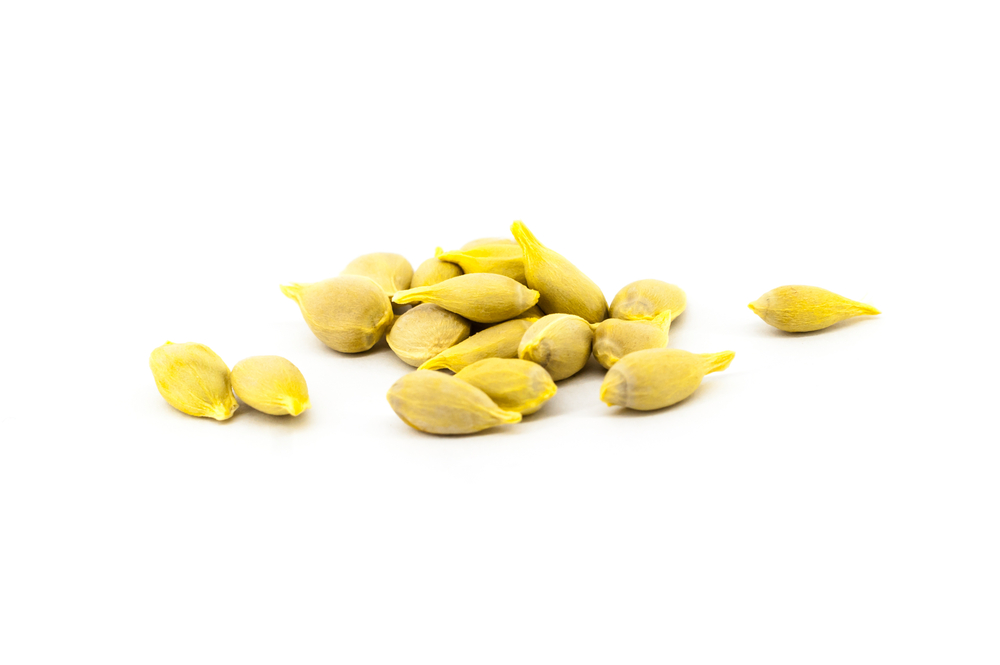
Before you go to toss your lemon seeds in the compost bin, read this. Lemon seeds contain everything a lemon tree needs to grow. When you plant a lemon seed, it will sprout and start growing into a tree. With a little care and attention, that tree can eventually produce lemons of its own – no more need for bags of lemons at the grocery store. Plus, growing your own lemon tree is a fun and rewarding experience.
Read More: This is Why You Should Be Having Lilac Lemonade This Summer
How to grow a lemon tree from seed
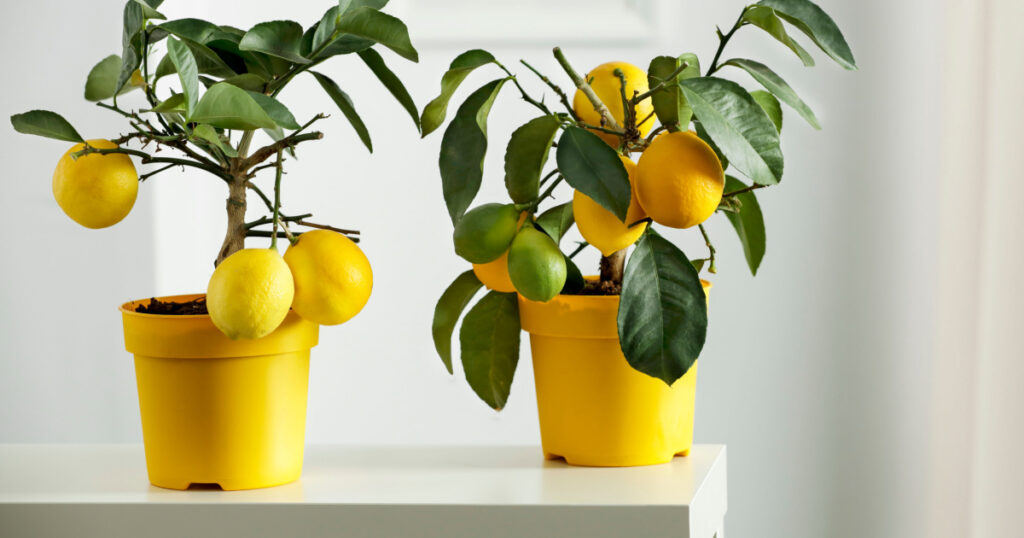
Thankfully, growing a lemon tree from the seeds isn’t as daunting of a task as it might seem. With a little bit of care and attention, you can have a flourishing lemon tree of your very own. Follow these steps (1, 2):
Step 1: Select a lemon
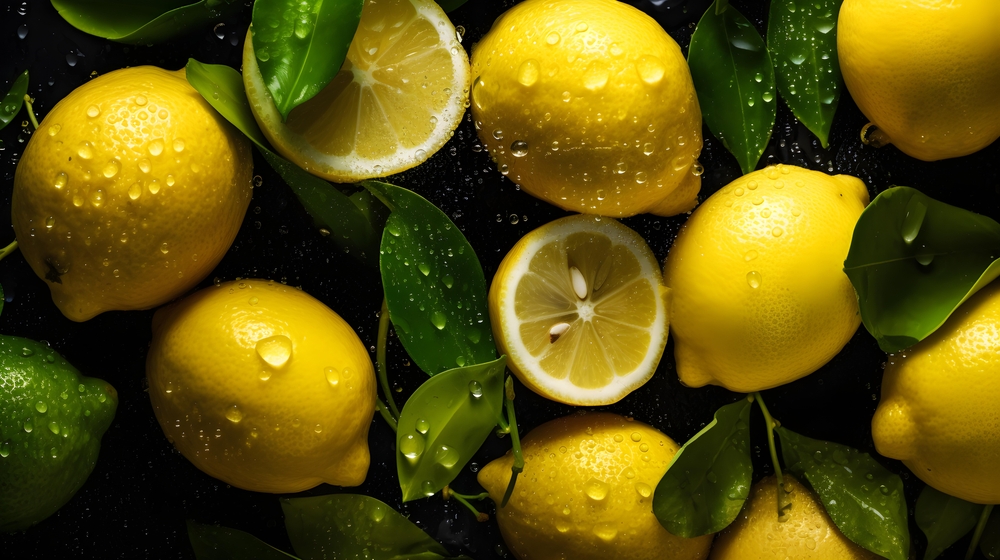
The first step to growing lemons from seed is selecting the type of lemon you want to grow. Purchase lemons at the market, choosing those with a fully mature appearance and free of blemishes, cuts, and bruising, which can signify internal rot.
Step 2: Remove and rinse the seeds
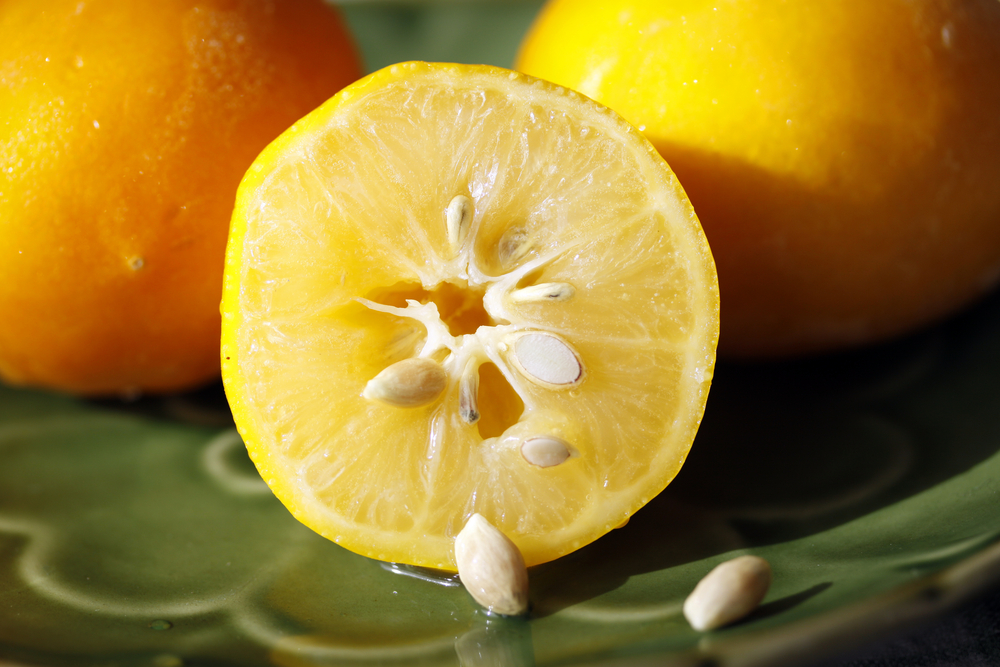
Carefully remove the seeds from the fruit. Instead of cutting through the lemon, peel it like an orange. This is to avoid piercing the few seeds that might be present. Citrus seeds have a hard outer seed coat, but they can easily be sliced by a knife or other utensil. Using your hands, split open the individual slices, remove the seeds, and place them in a cup of water. Rinse the seeds and set them on a towel to dry before planting.
Step 3: Plant the seeds
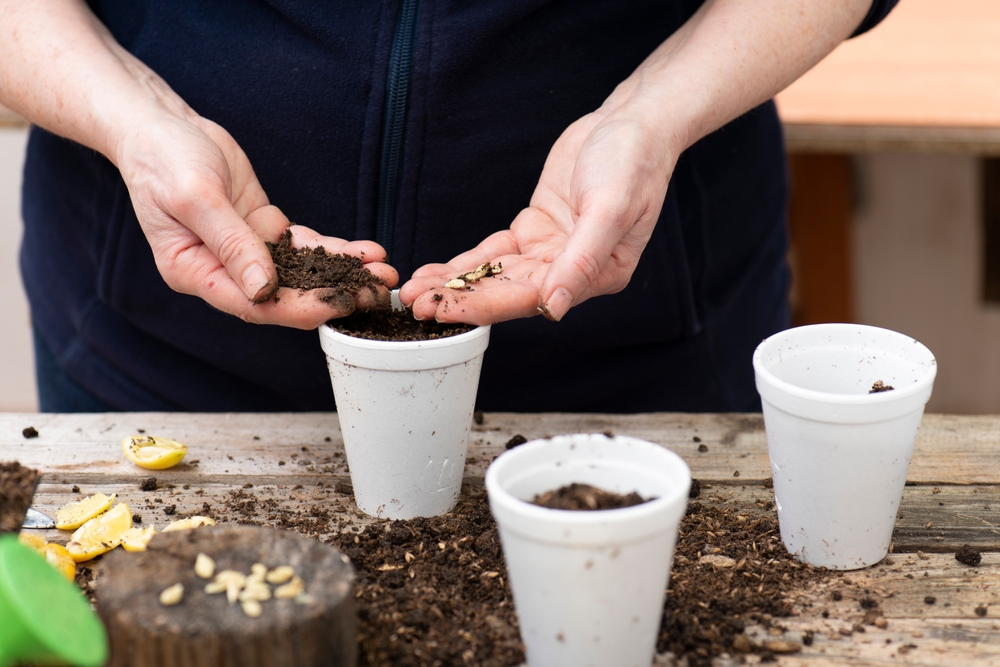
Fill seed trays or small plastic pots with standard potting soil and water lightly so the soil is moist but not soaking wet. Use your index finger or a pencil to poke a hole roughly a half-inch deep and place one seed in each hole. Cover the seeds with soil and gently water without disturbing the seeds.
Read More: 3 Reasons Why You Should Freeze Lemons & How To Do It
Step 4: Choose a warm, well-lit location
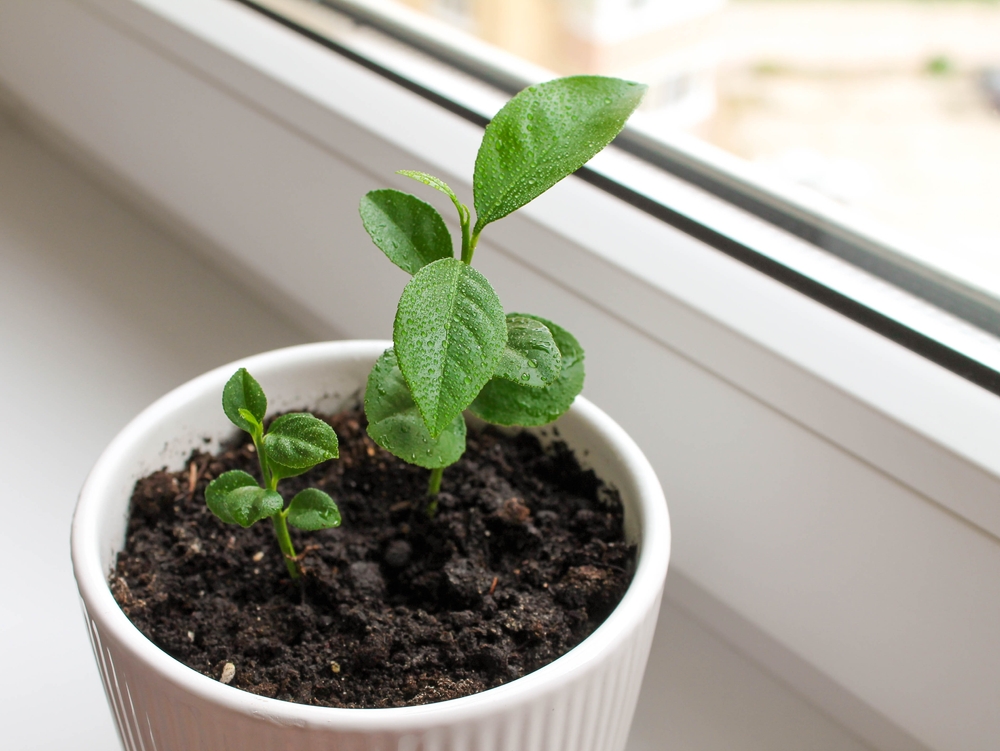
Place planted seeds in a warm, well-lit location and keep the soil moist at all times. Adding a horticultural heating mat and grow lights will help seedlings germinate quickly and grow rapidly.
Step 5: Transplant the seedlings
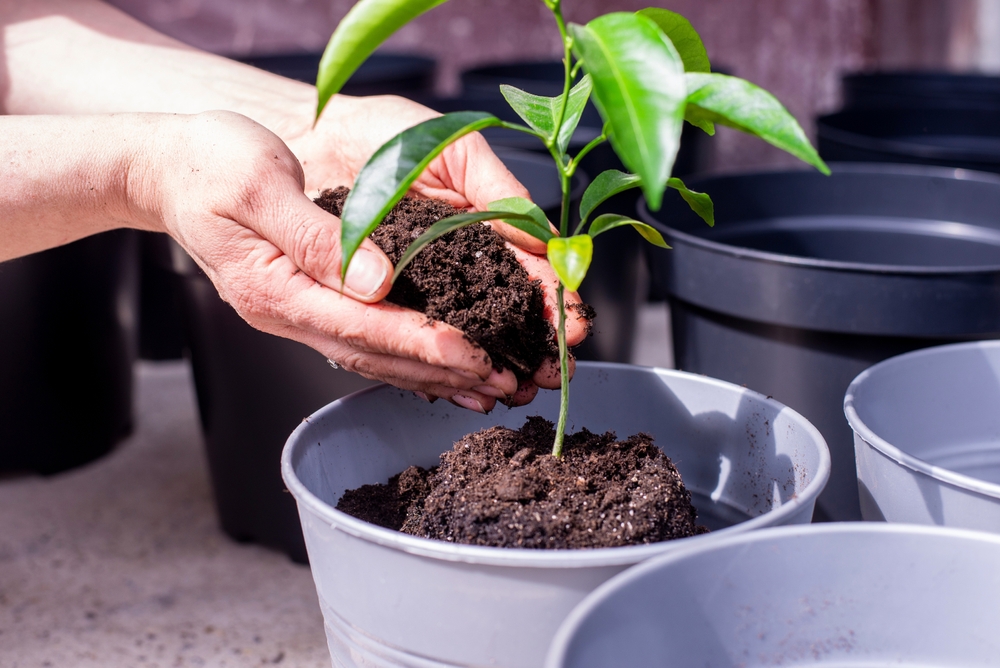
After the seedlings have produced their third set of leaves, transplant them to larger containers to allow their roots to expand and grow with fewer restrictions. Keep the containers indoors under grow lights, or outdoors in full sun for good growth and to prevent diseases.
Caring for a lemon tree
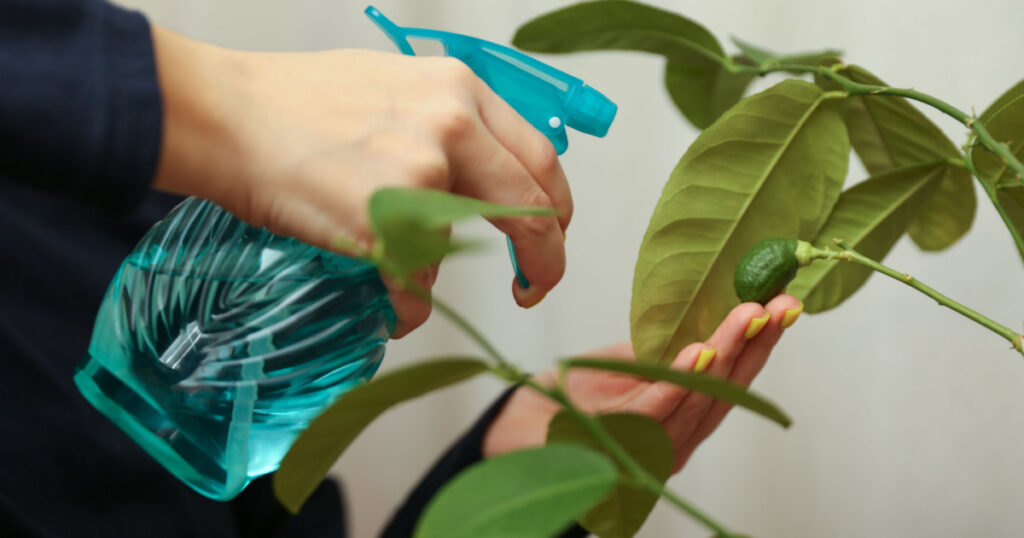
Grown primarily in tropical, subtropical, and Mediterranean climates, lemons do best in warm, humid conditions. These tips will help you care for your new lemon tree:
Soil
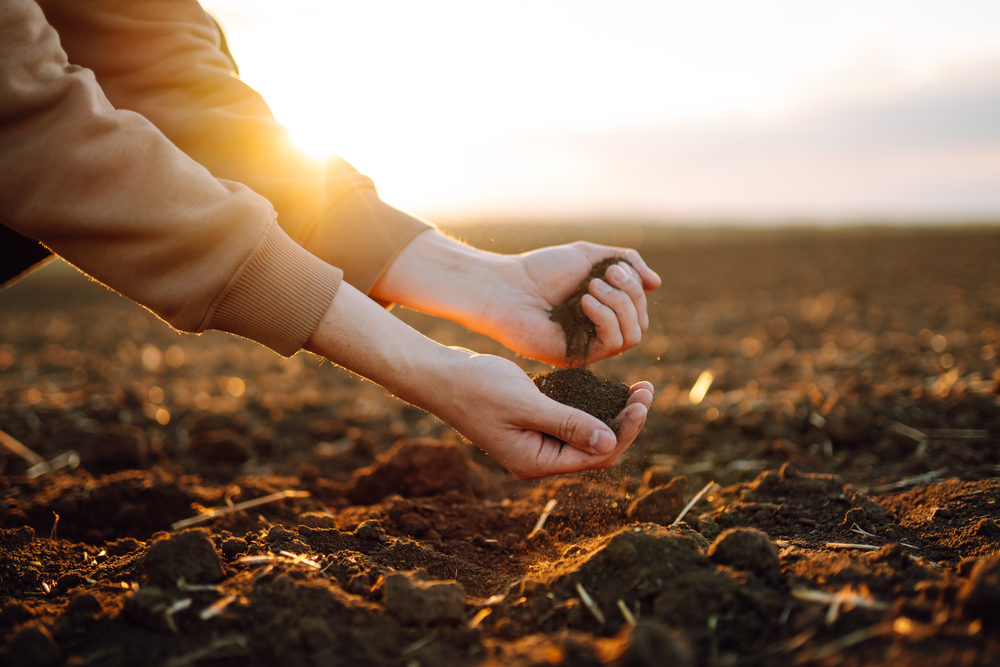
Lemon trees prefer well-draining soil. They can easily succumb to root rot if allowed to sit in soggy soils. For best indoor results, plant the lemon seedlings in a fast-draining cactus and succulent mix, or add pumice, perlite, or sand to a standard soil mix to ensure good drainage.
Water
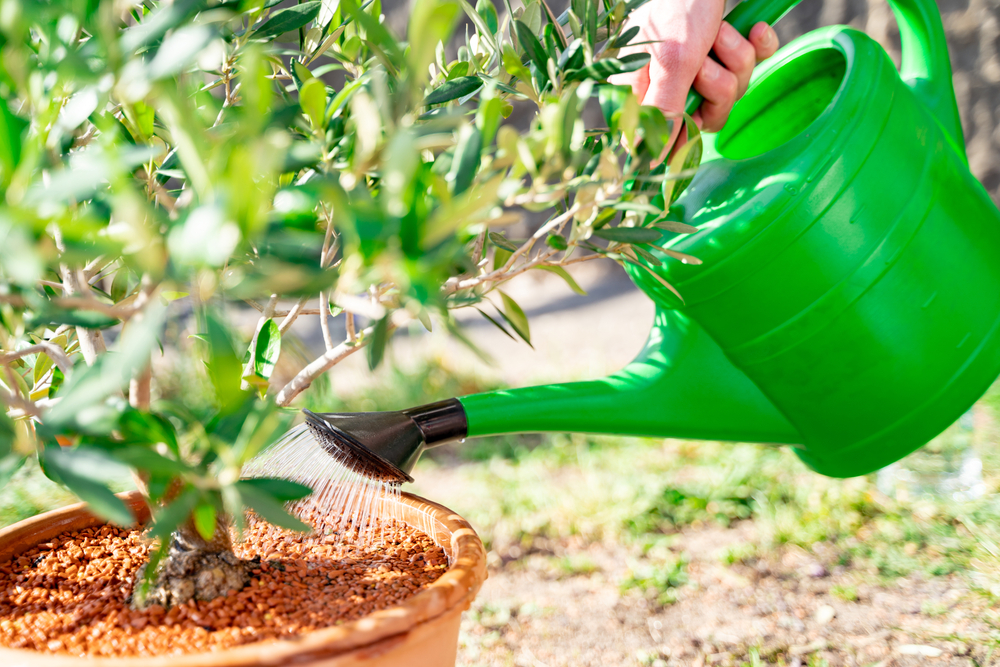
Like most citruses, lemons enjoy ample water but can suffer when given too much. When watering the lemons, water deeply and ensure the soil is thoroughly moistened each time you water the plants. As with cacti and succulents, it’s best to water as needed when the soil becomes dry, rather than following a weekly schedule. Heating, air conditioning, and fans affect how quickly the soil dries out.
Pests
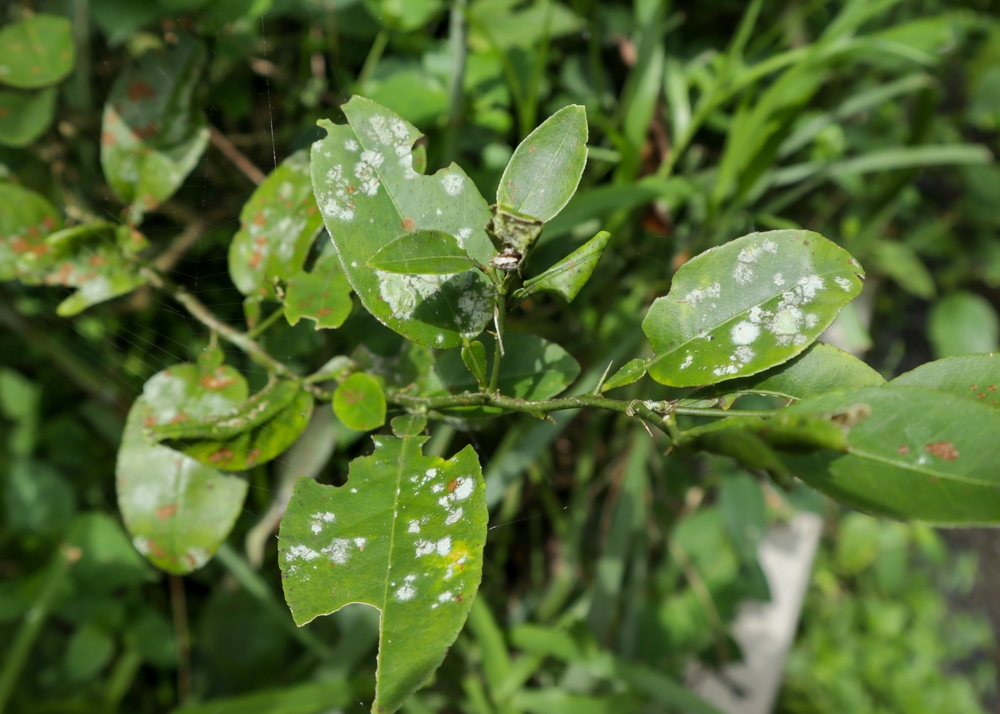
Outdoors, lemon trees are exceptionally hardy and mostly pest-free, but indoors, various pests, such as mealybugs, aphids, mites, and whiteflies can target them. Most pests can be managed with proper dosing of an organic pesticide such as neem oil, insecticidal soap, or pyrethrin. Always follow the instructions listed on each product, and never spray when beneficial insects like bees and ladybugs are present.
Lemons for All
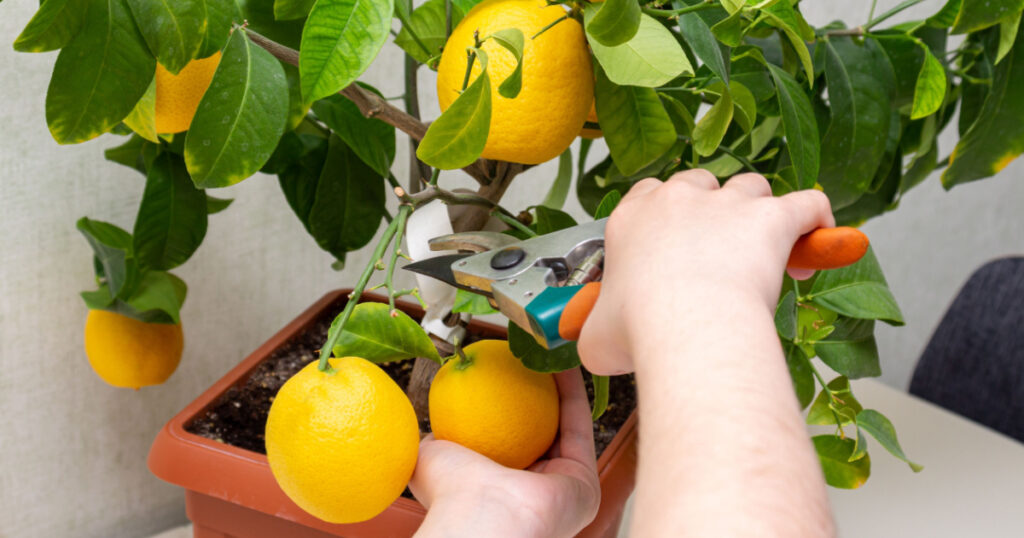
After all that, the real question is: Why throw away lemon seeds and continuously buy bag after bag of lemons at the store? Instead, use them to grow a lemon tree of your own. Follow these steps, and with a little care, you’ll be enjoying your own lemons in no time.
Read More: Benefits of Lemon Water: What’s Myth and What’s Fact?
Sources
- “How to Grow a Lemon Tree from Seed.” BHG. Derek Carwood. August 23, 2023.
- “Propagating Lemon Seeds: Can You Grow A Lemon Tree Seed.” Gardening Know How. Amy Grant.

